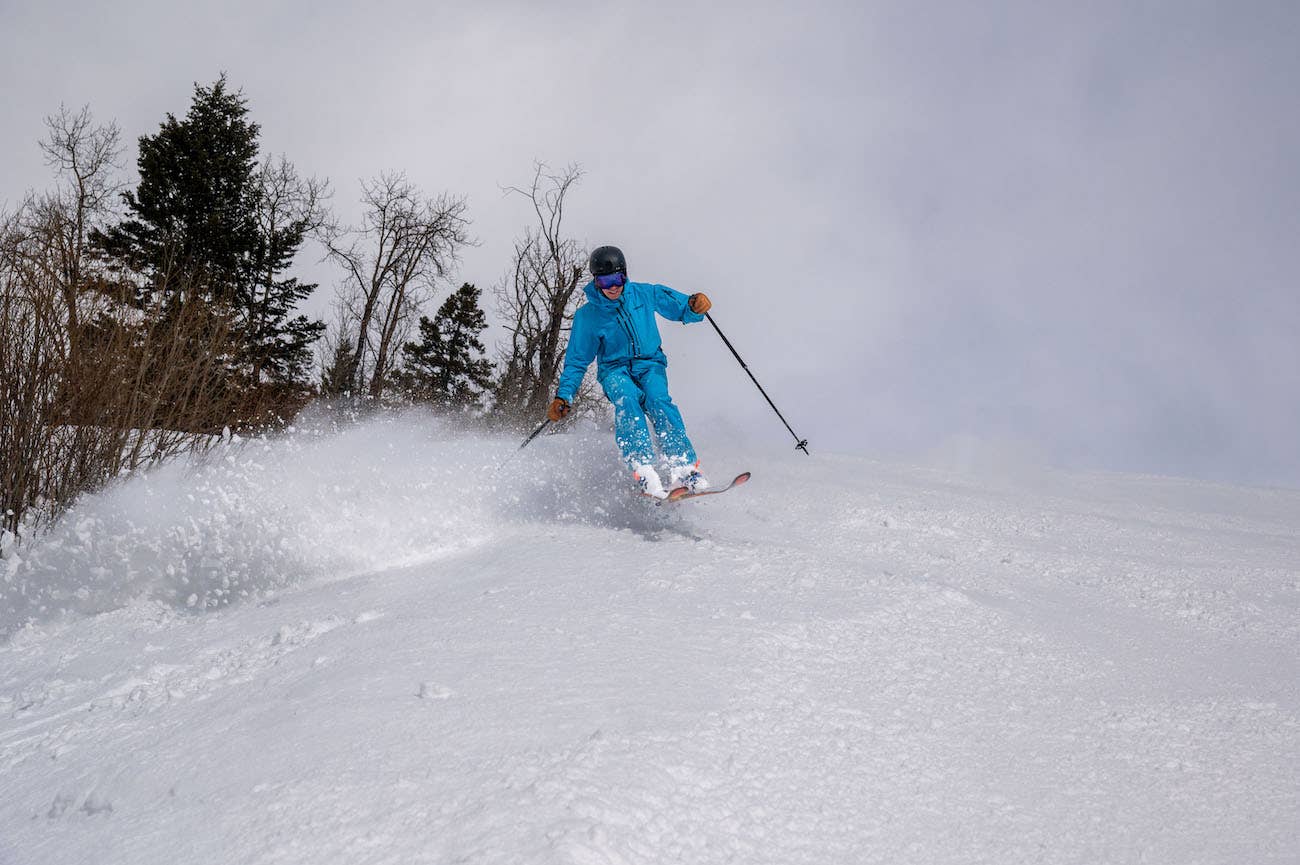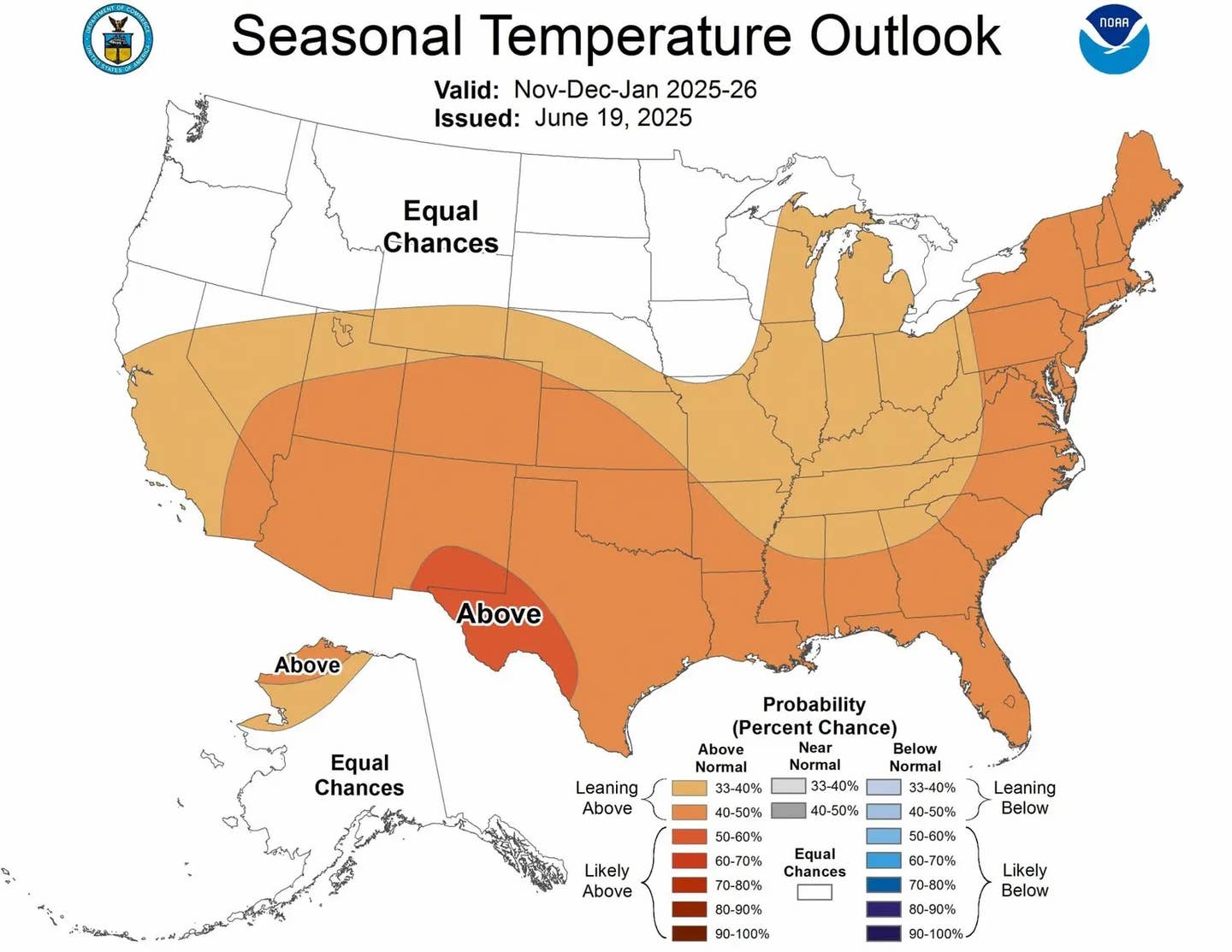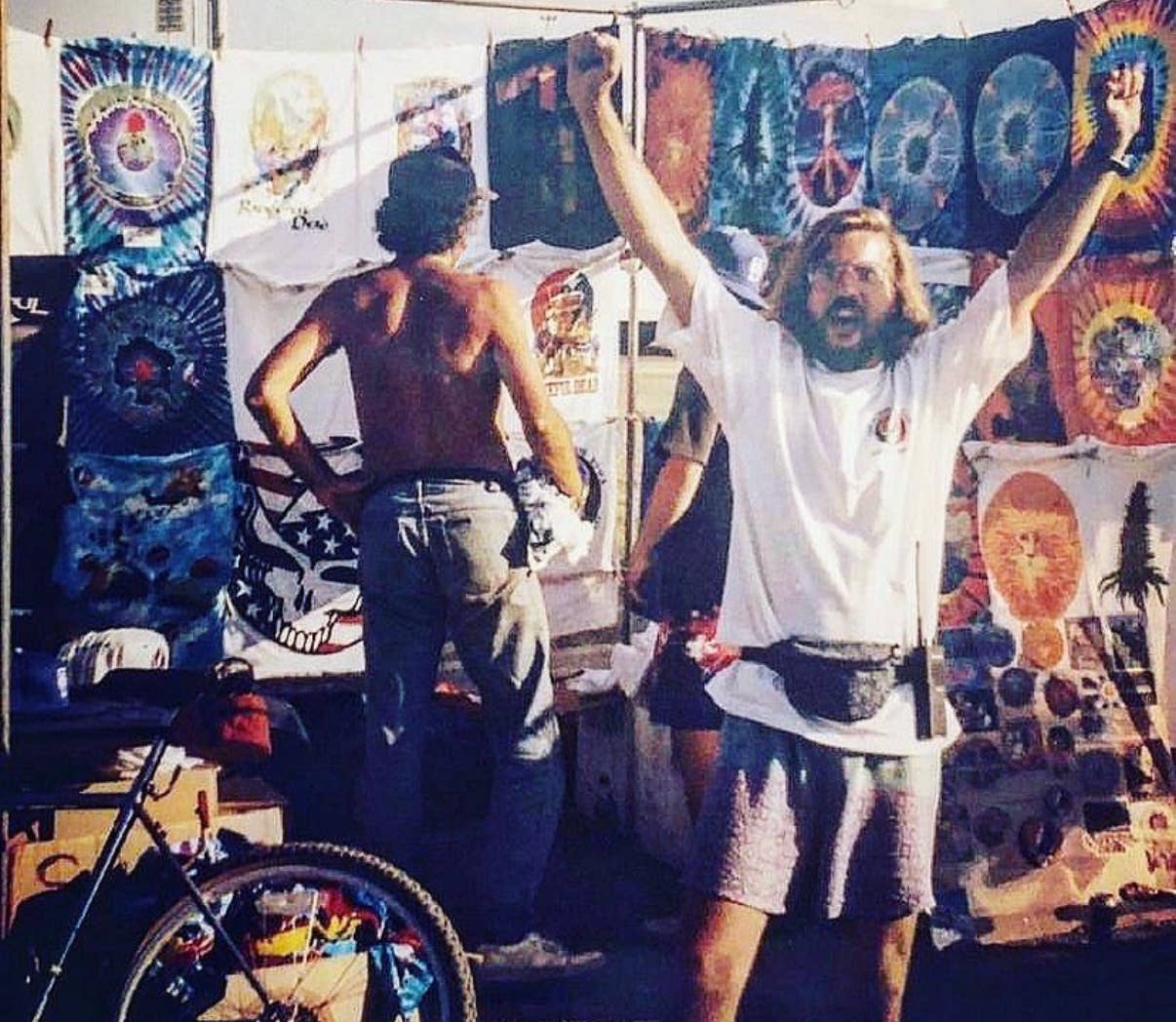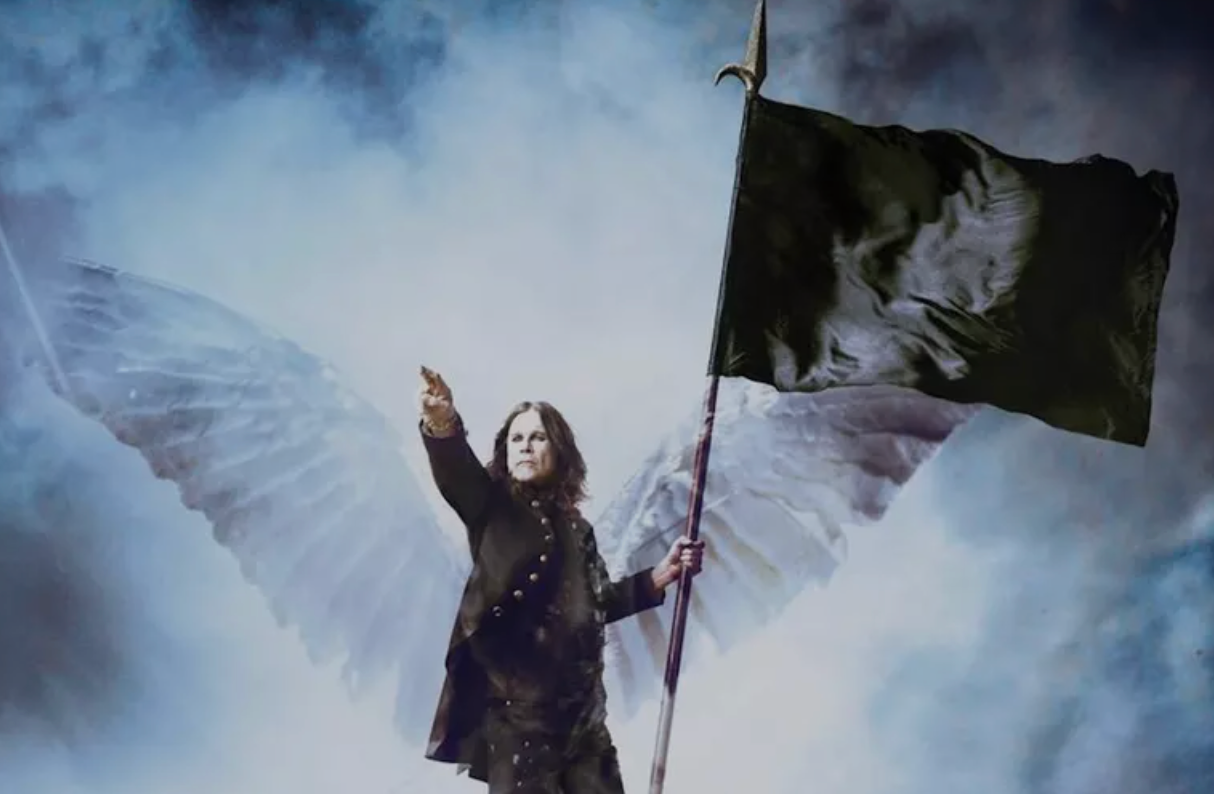Popular Stories
Since Kästle first started making skis in 1924, the Austrian brand’s ethos has largely been centered on high-performance all-mountain and freeride skis with a heavy dose of racing pedigree thrown in. Their skis have been all about smooth, powerful turns, but arguably have not been the most approachable everyday rides out there. With the introduction of the new Paragon line, Kästle harkens back to the days of the BMX series, the skis aboard which Griffin Post slayed TGR film lines in Alaska and the Tetons. They’re a bit more playful and freeride oriented, but can still hang when it's time to straightline through bumps, chop, and chunder. Complete with a 107, 101, and 93mm-underfoot ski, the new Paragon series brings that kind of performance to a more resort-friendly package, and got me excited to test the new quiver of skis across as much terrain as we could find. The 107 was tested at JHMR and in Kicking Horse, and is clearly geared towards soft-snow and off-piste charging. It would make an excellent everyday freeride ski or could hold its own on as a competition ski. The 101, tested at JHMR and Targhee are a more approachable everyday ski for exploring everything the mountain has to offer, while the 93 is fully focused on hard-snow performance and eats corduroy and hardpack for breakfast, lunch, and apres.
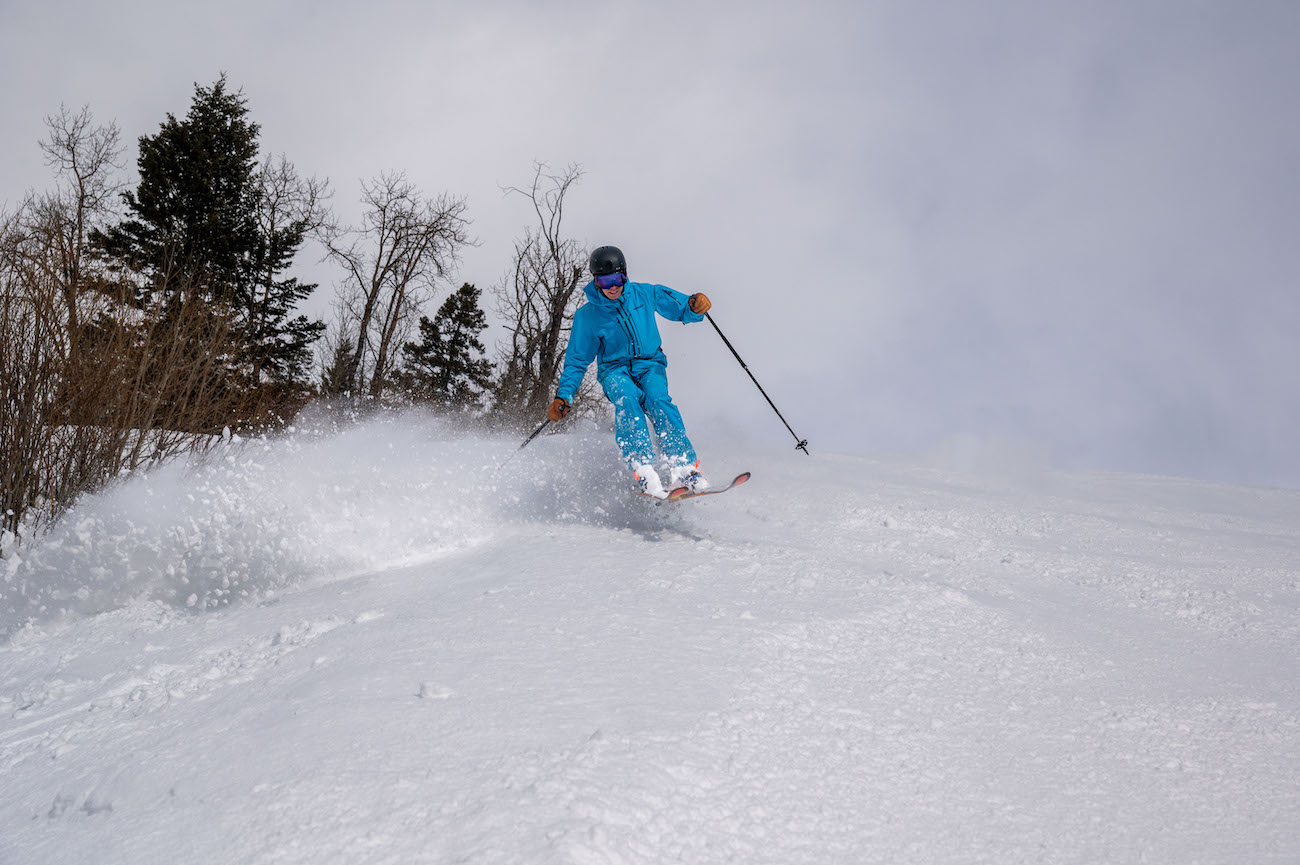
Photo: Max Ritter
The Tech:
At first glance, all three of the skis in the Paragon lineup look very traditional: cambered, relatively flat and tapered tails, a directional shape, and “classic” waist widths. Dive a little deeper, and it’s immediately apparent that Kästle’s engineers and designers have gone to great lengths to come as close to perfection of this kind of ski as possible. That’s the definition of “paragon” after all, isn’t it? Yes, it’s a traditional shape without any sort of experimental sidecut, rocker, or space-age materials to speak of, but that’s exactly what makes these skis unique in today’s crowded market. In other words, Kästle knows what they’re doing when making skis like this, so why fix what ain’t broke? The Paragon’s motto is “smooth is fast,” and much of the ski’s design is centered around crud-eating smoothness and delivering outstanding edge grip in all conditions.
All three Paragons feature Kästle’s signature weight-saving cutout in the tips, also designed to enhance damping and edge grip. The core construction is the same throughout the line as well, featuring sidewall construction, two sheets of metal for damping, and narrow layers of poplar and beech wood which Kästle calls InfiniCore. Turn radii are size-specific across the whole range. Given the hard-charging freeride intentions, the skis aren’t actually that heavy, all hovering around the 2000 g per ski mark. On snow, they ski like a much heavier ski, but didn’t tire me out quite as quickly as something with more weight. The mount points are fairly traditional, and I found the skis performed best by moving the bindings up +1.5-2 cm from the line.
Paragon 107
The Paragon 107 is the modern evolution of a classic freeride ski. The 107mm waist is about as versatile as it gets - wide enough for resort pow days, but not so fat as to compromise high-speed edge control when things get firmer. The tip features a substantial tip taper, with the contact point about 20-25cm from the tip, paired with a medium-long 19-20m turning radius. Underfoot and towards the tail, the 107’s are impressively stiff, all in the name of making a quiet, damp ride. It comes in 168, 178, 184, and 192 cm lengths.
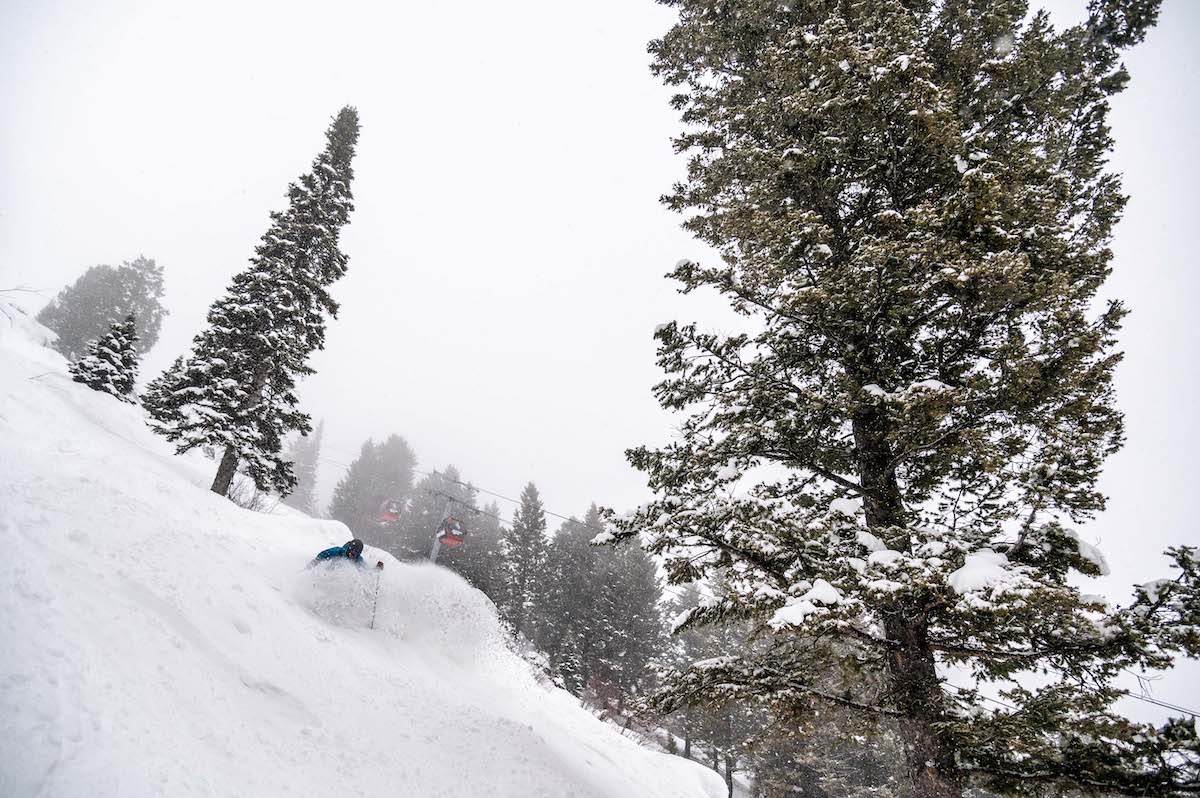
Photo: Max Ritter
Paragon 101
The Paragon 101’s shape closely mirrors that of the 107, with a medium-long 19m turning radius (for the 182 size), 101mm waist, and subtle tip and tail rocker lines. The 101 is slightly softer than the 107, but still quite a stiff ski, especially in the tail. It comes in 169, 176, 182, and 190cm lengths.
Paragon 93
The Paragon 93 takes the same core construction as the 101 and 107, and fuses it with a hard-snow specific shape for those of us who spend most of our days on a fat ski. While 93mm underfoot might not seem super narrow to the Euros and East Coasters out there, I can’t remember the last time I skied anything under 95mm underfoot out West. Unlike true carving skis, the 93 still features subtle tip and tail rocker, a little bit of tip taper, and a shorter turning radius than the other waist widths. It comes in shorter 163, 170, 177, and 184 cm lengths.
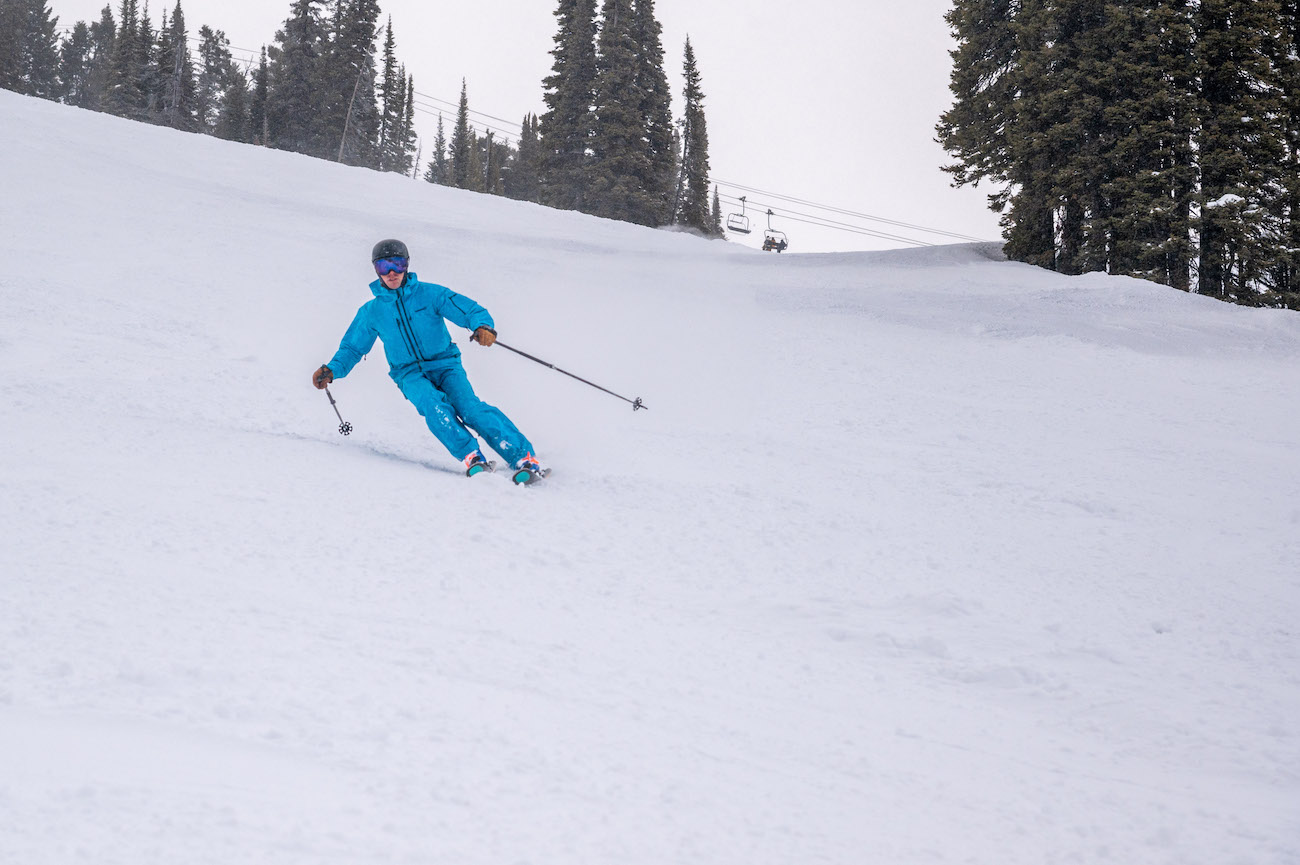
Photo: Max Ritter
The Ride:
Paragon 107 and 101
Join Our Newsletter
I’ll lump the performance review of the Paragon 107 and 101 together into one section because of how similar I found their performance. My first impressions when hopping aboard the 107 and 101 were centered on how intuitive it felt to control these skis through all manner of terrain. I was especially impressed by how quiet the ski feels no matter the conditions, especially since they don’t feel overly stiff. The tips don’t deflect off chunky debris and the ski won’t toss you into the backseat in moguls - instead it provides a feeling of plush suspension and an incredibly quiet ride that makes it shockingly easy to ski really fast.
I was lucky to first ski the 107 at BC’s Kicking Horse Mountain Resort, a mountain where 4200-foot top-to-bottom laps start with seriously exposed and steep chute skiing, followed by pillowy and often very deep tree skiing, topped off with really long high-speed fall line groomers back to the gondola. It’s about as well-rounded of a run as you can find in North America. The 107’s might be the perfect ski for that kind of riding, making quick work of technical jump turns up high, smoothing out the chunder on the chutes’ aprons, floating through knee-deep powder in the mid-mountain trees, and finally holding an edge at 50mph on the groomers back to the base.
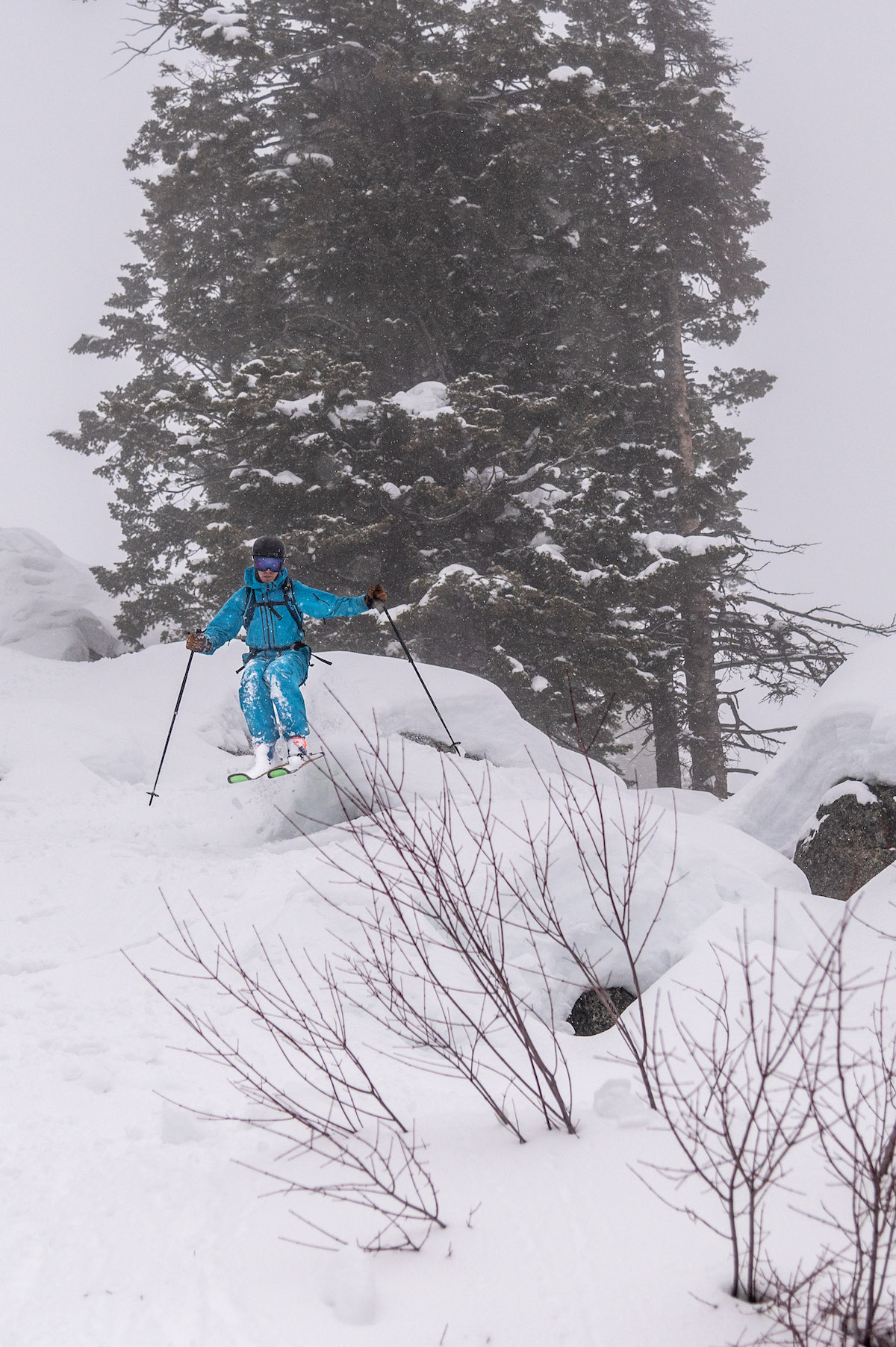
Photo: Max Ritter
The 101 is decidedly better on firmer, chopped up snow, and is a great companion for riding at a resort like JHMR, Alta, or A-Basin - places where the steeps get tracked out quick, but the whole mountain is a playground. It wouldn’t be my first choice for powder days, but is perfect for hunting lines in chalky conditions many days after a storm. Compared to the 107, the 101 feels slightly softer and more approachable and doesn’t have quite the need for speed to come alive.
Paragon 93
Despite sharing many construction and design features, the Paragon 93 is a bit of a different beast. I’d bill it as a playful carving ski for freeride skiers. Much like a 120mm underfoot pow ski, it’s not going to be your everyday ride, but makes a fantastic addition to the quiver to pull out when conditions are marginal and it’s time to stick to the groomers. The edge hold and power transfer in and out of turns is remarkable and will make you feel like a hero the second you lean into a carve. It feels locked in when you want it to, but the tails release quite easily (thanks tail taper and rocker!) allowing you to slide, slash, and slarve turns at will. The damp ride makes time slow down a bit, giving you the sensation of going much slower than you actually are going, even when opening up the throttle. The energetic ski makes popping over rollers or skiing those spines at the edge of a groomer SUPER fun, especially knowing you can trust the edges to slow down pretty much anywhere. The narrow waist also makes for a great ski for crushing soft bumps, especially if you size down in length.
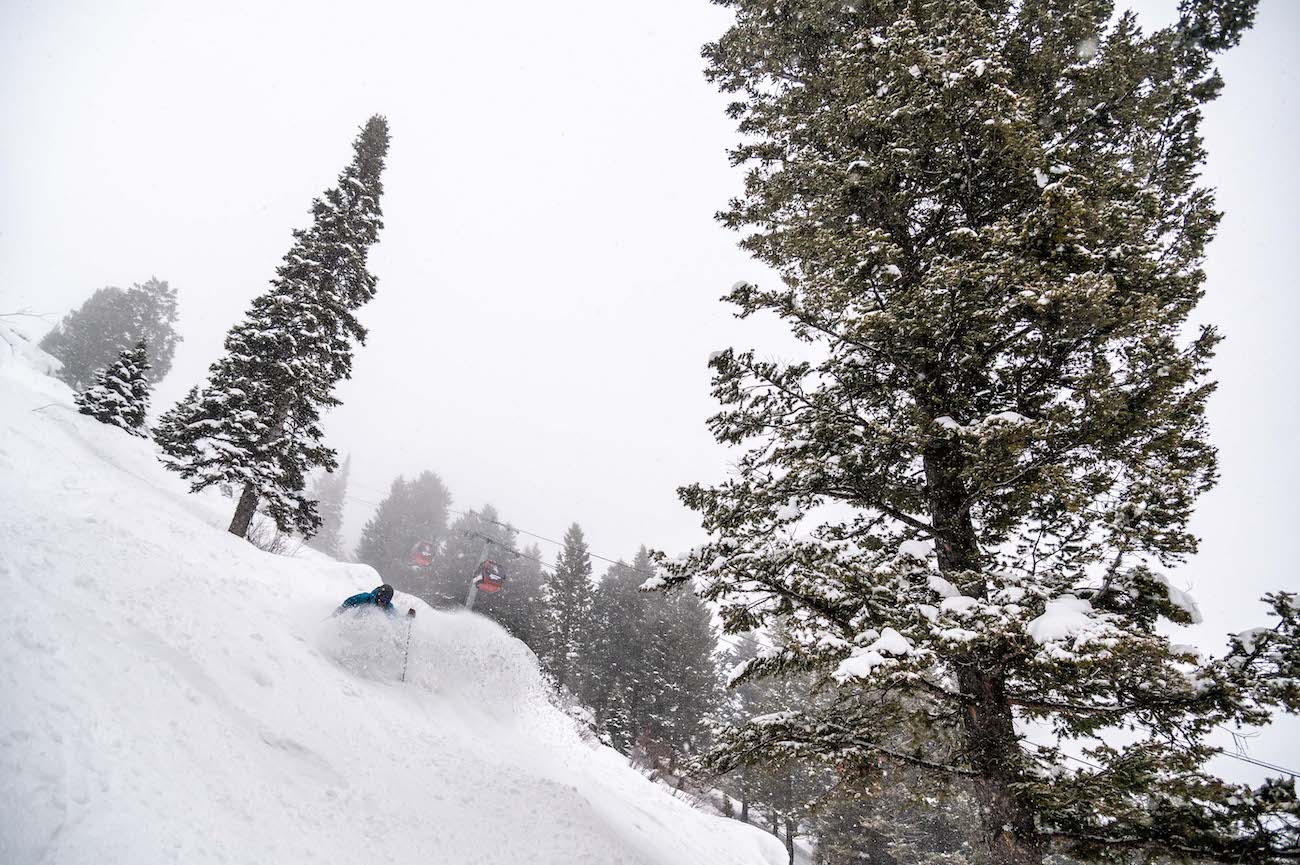
Photo: Max Ritter
The Bottom Line:
Kästle’s all-new Paragon line is without a doubt the best lineup of freeride skis the Austrian brand has ever made. With the Paragon 107 covering soft-snow duties, the Paragon 101 covering the everyday in-between, and the 93 filling the on-piste role, the new lineup covers all the bases for a resort-focused freeride skier. They’re absurdly smooth, very fast, and quite easy to ski, and I’m excited to explore more terrain aboard them this year.
